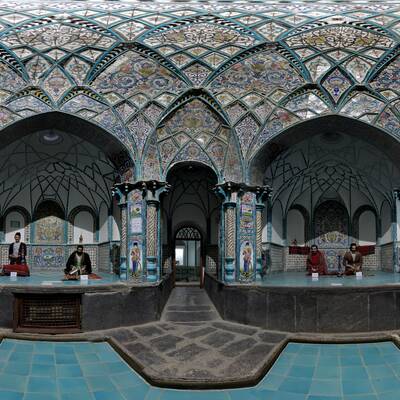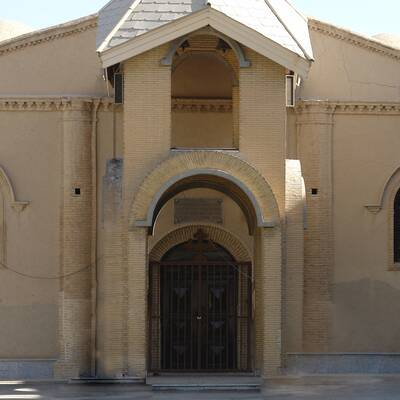Meighan Wetland has located 10 km from Takht-e Zard mountain on Farmahin road and 15 km northeast of Arak. Meighan Wetland is one of the desert wetlands in Iran. This wetland has an area of nearly 25,000 hectares and is 1700 meters above sea level.
Meighan Wetland has three islands, the largest of which is 500 meters wide. Alluvial plains surround it.
The origin of the Meighan Wetland dates back to the Paleocene about 50 million years ago. In the lower level of Meighan Wetland, layers, as well as salt domes, have emerged in the course of geological history. Meighan Desert is one of the largest sources of sodium sulfate in the world, with an estimated accumulation of nearly 30 million tons. The soil of the Meighan wetland is marl and clay soil.
The ecosystem of this Wetland is home to large groups of migratory birds to survive the winter cold. About 68% of the birds of Markazi province and also 27% of the birds of the country live in Meighan. Also, about 10,000 gray Darna land in this ecosystem annually. Meighan Wetland has a native plant called Qara-Dagh. Qara-Dagh is a saline plant that surrounds the lagoon and prevents desert sands from advancing into the ecosystem. Nearly 40,000 hectares of land around the Wetland is covered by Qara-Dagh.
In addition to wolves, foxes, and snakes, there are migratory birds such as lynx, ducks, geese, storks, Siberian Darna, and flamingos, as well as native birds such as golden eagles, Balaban, Sarcape, cuckoo, wild pigeons cockroaches, and gypsy roosters.
The vegetation of the Wetland also contains about 50 species of salinity. Plants such as reed, Jagan, aviarslam, wheat, astragalus, blackberry, garden spinach, juniper, cranberry, and chicken salt can be seen there.
.jpg)




